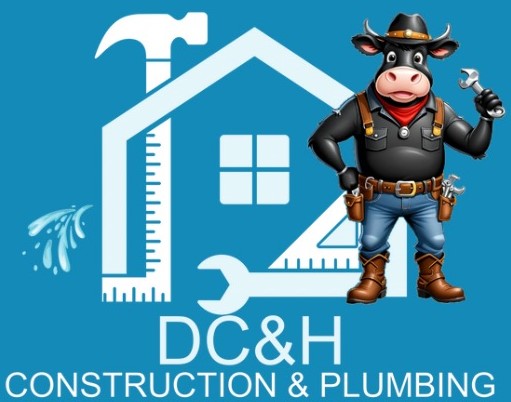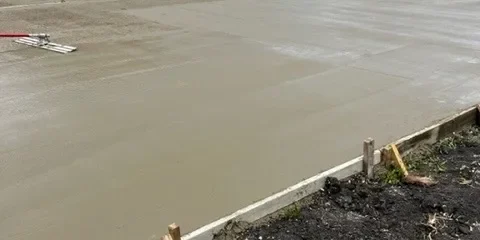We have all heard the term PSI but what does that mean when working with cement? PSI Pounds per square inch (psi) measures the compressive strength of concrete. Basically If an object is receiving five psi, five pounds of pressure are being exerted on that object per one inch of surface area. A higher psi means a given concrete mixture is stronger, so it is usually more expensive. But these stronger concrete are also more durable, meaning they last longer.
OK now what? Now we need to determine what is best for you and your project. It all is based on your needs for your structure. Most residential projects like sidewalks and driveways require around 2,500 – 3,000 psi.
Structural components like beams and footers require a psi of 3,500-4,000 is a good choice for things like RV pads, lighter shops and garages or wherever you expect to store heavier loads for longer periods of time.
Concrete used in warehouses, factories, and other large-scale commercial properties often requires 4,000-5,000 psi.
FOr the really tough stuff like nuclear power plants and other areas of possible radiation contamination need a psi over 6,000. (Concrete with a compressive strength greater than 6,000 psi is considered high-strength concrete.) If you’re planning on building a nuclear power plant or storing radiation please let us know ahead of time. We wouldn’t want to show up without our radiation suits.
Well we only want a driveway for now but may have plans on a nuclear reactor later. No problem, you can always pour a higher strength cement to fill your needs now and you’ll be ready for the upgrade later without any new cement needed. You can not do the reverse though.
Now that you know what you need, how does the PSI change, what makes it stronger?
Many factors affect the strength of concrete. A few are:
Water to cement ratio: A lower water-to-cement ratio makes for a stronger concrete, but it also makes the concrete more challenging to work with. You must find the right balance to achieve the desired strength while maintaining workability. Also, this can be an added challenge when dealing with those 100 degree days we have.
Concrete porosity, voids in concrete can be filled with air or with water. Air voids are an obvious and easily-visible example of pores in concrete. The more porous the concrete, the weaker it will be. At the same time too much water can make it too soupy and weaken the cement.
Strong aggregates: Aggregates are the pebbles or stones used in concrete, bonded together by the cement. Weak aggregates make weaker concrete, while strong aggregates result in stronger concrete.
Curing: If concrete is allowed to dry out while curing, the hardening process will stop. Though the concrete may seem hard, it will fail more quickly if it is not able to cure completely (concrete sets within 24-48 hours, but won’t cure for around 28 days). We will discuss curing compound and its benefits next time.
Other materials like steel rebar or reinforcing fibers increase concrete strength.
Dave Flaishans
Project Manager
DC&H Construction
469-474-9555







